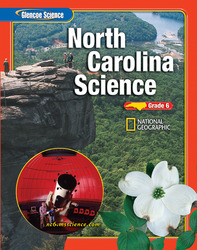North Carolina Science Grade 6Unit 5:
Population DynamicsCensusIntroduction:
The Census Bureau of the United States government conducts many surveys and censuses. The data they collect that most people are familiar with is the Decennial Census, which is conducted every ten years. This census collects information about every household in the United States and its territories, and was last conducted in April 2000. The information collected in the Decennial Census provides a wide range of data. Using census data, you will learn more about your county, state, or our nation's population, by comparing data from 1990, 2000, and current data. You will evaluate patterns at the local, state, and national level to make prediction about how demographic patterns will change. Task:
Use the resources listed below to research current population data. Once data has been collected, brainstorm how this data could impact a city or town. Using the information you have gathered, draw a map or create a model of a new town showing all of the geographic features, out-lying farms, transportation systems, housing developments, schools, recreation areas, and businesses. The maps should include a key that helps the reader determine where everything is. Identify potential problems and offer solutions. Time:
2 class periods; one to collect data and one to design map. Possible Resources:
Use these Web sites and others to navigate to state and county census data. http://quickfacts.census.gov/qfd/
http://eire.census.gov/popest/estimates.php
http://factfinder.census.gov/servlet/DTGeoSearchByListServlet?ds_name=ACS_2002_EST_G00_&_lang=en&_ts=109267231890
http://factfinder.census.gov/jsp/saff/SAFFInfo.jsp?_pageId=gn6_datasets_intro  | 
















